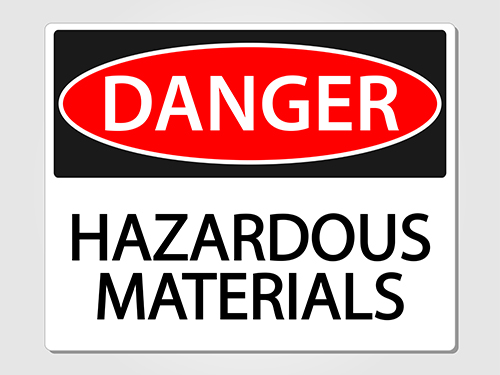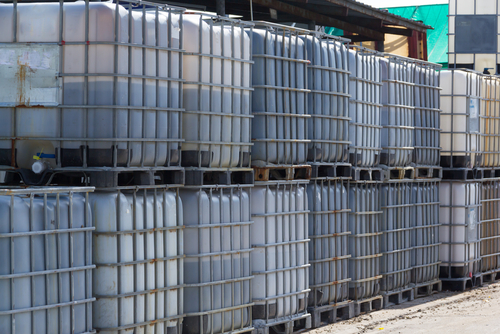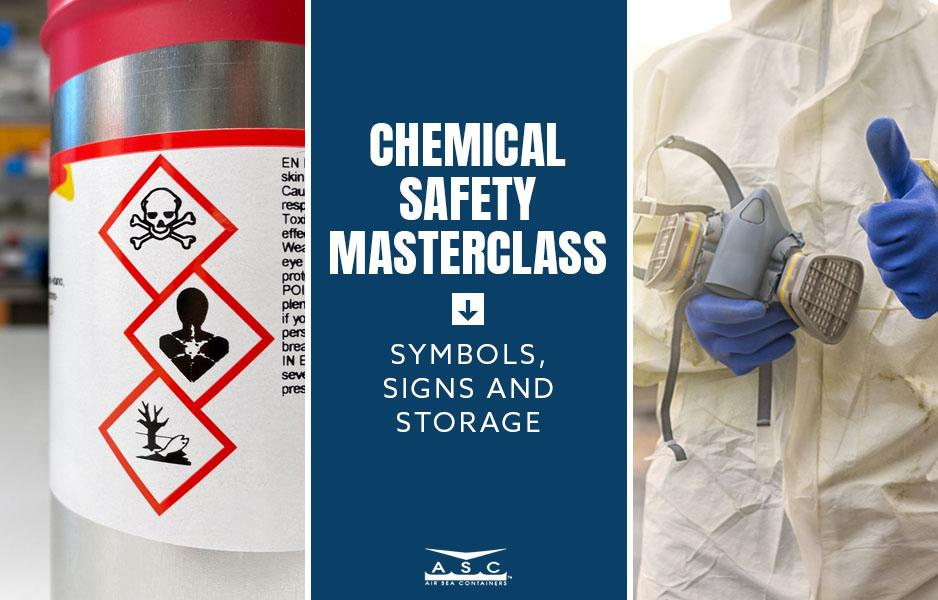Hurricane season is the most dangerous time of the year for East Coast ports. Running from June 1 through November 30 each year, the Atlantic hurricane season spawns an average of 10 named storms. Of them, approximately six become hurricanes, and two to three develop into major hurricanes. Ports in cities like Miami and New Orleans must take steps to ensure that they are prepared to deal with major storms and their aftermath.
While hurricanes and tropical storms are unpredictable, there are certain actions that must be taken to help ensure that major shipping hubs can withstand severe weather. Ports must also work to protect workers in the event of a natural disaster like a hurricane.
For ports in cities on the East Coast, hurricane preparedness is a year-round concern. Facilities and buildings should be kept in hurricane-ready condition all year to ensure that the port is prepared for inclement weather. From properly maintaining buildings and roadways to ensuring open lines of communication between ports and the National Weather Service and United States Coast Guard, there are several steps that must be taken. What do ports need to do to prepare for hurricanes? Keep reading to learn more about the numerous steps that must be taken to ensure that ports, vessels and crews are protected during inclement weather.
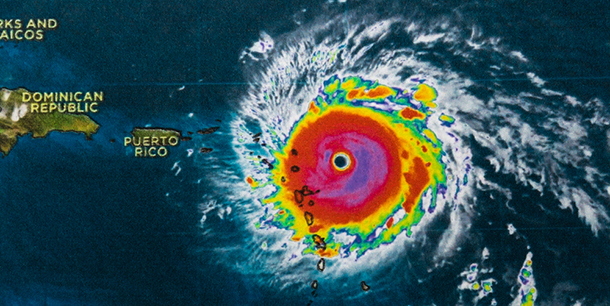

CAPTAIN OF THE PORT RESPONSIBILITIES
When hurricanes and other types of severe weather bear down, it is the primary responsibility of the Captain of the Port (COTP) to protect vessel crews, facility personnel and the general public. The COTP must also try to protect the infrastructure, channels and harbors at the port. Ensuring safety and preventing loss of life, however, is the main concern. While hurricanes can cause millions–even billions–in damages, human life is the one casualty that cannot be replaced.
To prevent loss of life and minimize damage, the COTP must create a detailed hurricane preparedness plan. These plans include numerous steps that must be taken in the event of impending dangerous weather. While some steps are taken in the days and hours leading up to a severe storm, others must be taken throughout the course of the hurricane season.

PORT RESPONSIBILITIES
Throughout the duration of hurricane season, ports are responsible for maintaining a readiness condition. Certain preparations should be taken throughout the season to ensure that the port is ready to handle inclement weather. Roads, gates and similar structures should be properly maintained and prepared to ensure that normal operations can be restored promptly following a storm. Ports must also take steps to protect facilities and buildings from storm-related damage. Storm shutters should be inspected to ensure that they are in good condition and ready to be installed if needed. Also, inspect sump pumps, alarms and float switches for proper operation.
Trees and shrubs should be maintained properly to withstand high-wind conditions, and debris should be removed to keep evacuation routes open. The removal of debris also prevents damage caused by airborne objects during severe weather.
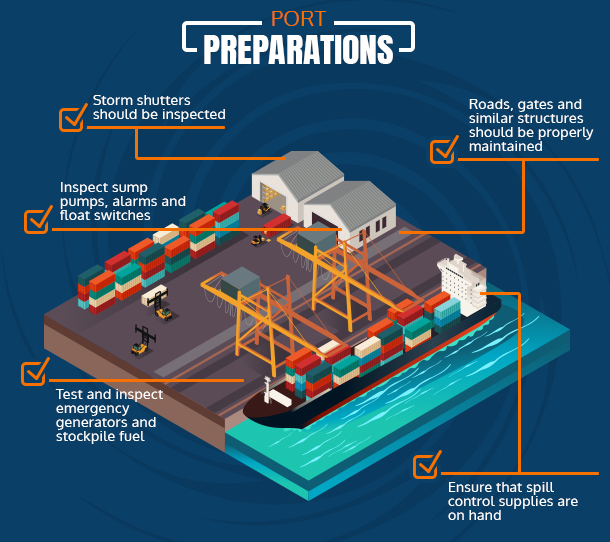
An inventory of equipment and materials that are necessary for use during emergency operations should be maintained. Test and inspect emergency generators and stockpile fuel. Make sure the facility has wet vacs, dehumidifiers, portable cooling units for the computer room and control center, cameras and flashlights.
Ensure that spill control supplies are on hand in case of accidental spillage during the storm. Look for EPA-approved supplies that contain spills and prevent hazardous materials from entering the ocean.
Ports should maintain open communication with the National Weather Service and the United States Coast Guard throughout the duration of hurricane season.

PORT CONDITIONS
Port conditions are determined by the Captain of the Port, and they are used to communicate necessary changes in port operations in preparation for a hurricane. The conditions are based on how soon gale force winds are expected to make landfall within the Captain’s area of responsibility. Certain designations are to be used to set port conditions.
Throughout the duration of hurricane season (June 1-November 30), port conditions are automatically set to “Seasonal Alert.” Approximately 72 hours prior to expected landfall, the port condition is set to “Whiskey”; 48 hours prior the status changes to “X-Ray”; 24 hours prior the port condition is set to “Yankee”; and when landfall is expected within 12 hours, the condition changes to “Zulu.” Once landfall has been made and the storm has moved on, the port condition changes to the “Recovery” phase.
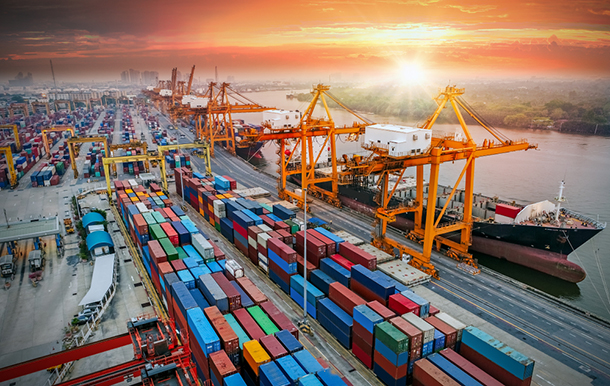

PORT CONDITION WHISKEY
Port Condition Whiskey means that gale force winds, or winds at speeds of at least 39 mph or 34 knots, are predicted to arrive within 72 hours. During this time, ports may remain open to all commercial and recreational traffic; however, a Safety Zone must be established. All ocean-going barges and their tugs, all tank barges over 200 gross tons (GT) and all self-propelled ocean vessels over 500 GT must report whether they plan to deport or if they will be remaining in port during the storm.
Any of these vessels which intend to remain in the port should be required to submit an Application to Remain in Port to the COTP within 24 hours or by the time Port Condition X-Ray is set.
During Port Condition Whiskey, increased harbor patrols should be commenced. If there are any issues that need to be corrected by facility or vessel operators prior to the storm making landfall, they should be notified immediately.
Vessel and facility workers should begin taking steps to prepare for potential severe weather. Ports should start removing debris and securing items that could be potential hazards during high winds. Plans for container stacking should be implemented and, if possible, containers should be stacked no more than four high.

PORT CONDITION X-RAY
During Port Condition X-Ray, which is set when gale force winds are expected to make landfall within 48 hours, the port should still remain open to all recreational and commercial traffic. Any ships planning to stay in the port during the storm must have submitted their Applications to Remain in Port to the Captain of the Port by this time.
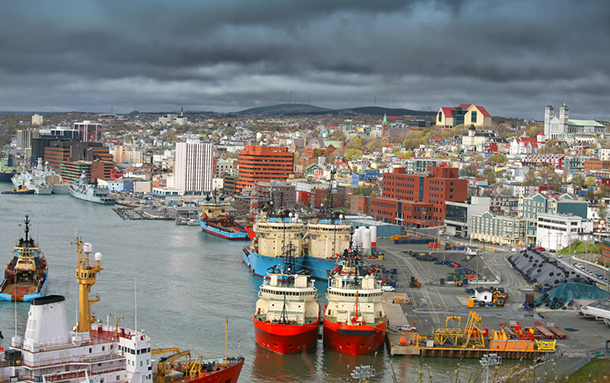
All barges and vessels that desire to remain in port through the duration of the storm should be individually inspected. Any vessels and barges that are granted permission to remain in port must begin implementing the mooring arrangement that has been approved by the COTP. Sufficient crew and offices must remain on board during the storm to tend to mooring lines as well as the vessel’s main propulsion unit and other machinery. The vessel’s side port, portholes, hatches and other openings must be closed and secured. Onboard fire-fighting equipment should be tested, inspected and ready for immediate use. The COTP may require galley fires to be extinguished prior to the storm’s arrival. The vessel’s Master is responsible for ensuring that all required conditions are met and maintained until he receives notice that normal operations may be resumed.
All potential flying debris must be secured or removed. Any pollution hazards or other hazardous materials must be properly secured in an area that is away from the waterfront. Any shipping materials containing hazardous materials should be adjusted so they are stacked no more than two tiers high.
Operators of terminals should begin to prepare to terminate all cargo operations in anticipation of Port Condition Yankee.

PORT CONDITION YANKEE
Port Condition Yankee is set when gale force winds are expected to impact the port within 24 hours. At this time, the port should be closed to all inbound traffic. Traffic control measures should be implemented to control the movement of vessels within the port. A Safety Zone must also be established to control vessel activities and movements as necessary.
The COTP can approve final mooring arrangements for barges and vessels remaining in port during this time. He may also order changes as necessary to ensure safety for all personnel and equipment during the storm.
All cargo operations must be ceased by terminal operators unless they are directly associated with storm preparation. Cargo operations that may be associated with hurricane preparation include moving cargo within or out of the port to ensure that it is properly secured, preparation of cranes and other facility equipment and similar activities.

PORT CONDITION ZULU
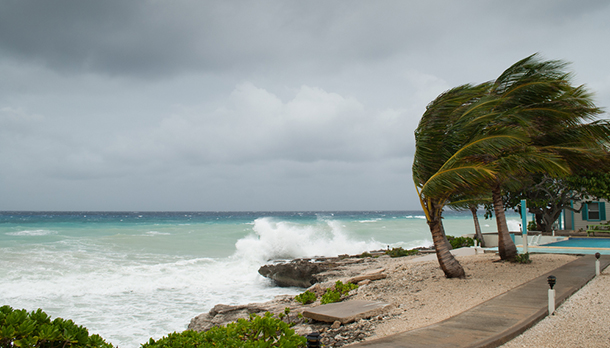
Port Condition Zulu means that gale force winds are predicted to arrive within 12 hours. At this time, ports should be closed to all outbound and inbound commercial and recreational traffic. A Safety Zone should be implemented to prohibit all vessel activity and movement unless permission is specifically granted by the COTP. The Captain may authorize the movement of vessels within the port up until 12 hours prior to the expected arrival of hurricane force winds.
Ports should remain closed to all waterfront activities (except for those approved by the COTP) until gale or hurricane force winds have passed. The port will not reopen until it is deemed safe to do so based on a number of factors. These factors include waterway and port damage surveys, condition and status of drawbridges in the area and the reestablishment of port security measures.

PORT CONDITION RECOVERY
Ports enter Recovery status once the hurricane or storm is no longer a threat to the area. During this phase, it is important to note that, while the storm has passed, it may have left behind damage that may need to be repaired. Upon the completion of a port survey, the port can be reopened to outbound traffic, but vessel control procedures on vessel movement inside the port should remain in effect.
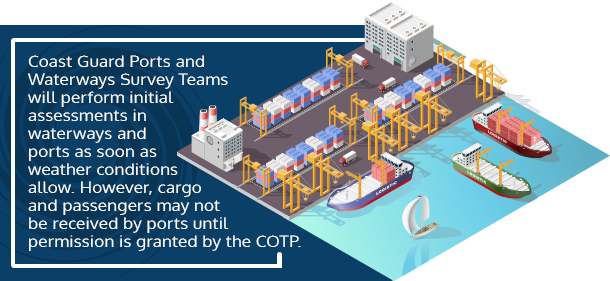
During the Recovery phase, the COTP can direct or approve departure arrangements for barges and vessels that desire to leave the port. Coast Guard Ports and Waterways Survey Teams will perform initial assessments in waterways and ports as soon as weather conditions allow. However, cargo and passengers may not be received by ports until permission is granted by the COTP.
Without proper procedures in place, the toll a hurricane or another type of severe storm can take on a shipping port can be devastating. By implementing a port hurricane preparedness plan and keeping up with routine and procedures throughout the year, it is possible to avoid much of the devastation. While there is nothing you can do to control the weather, there are steps that can be taken to lessen its impact on human life and property.


